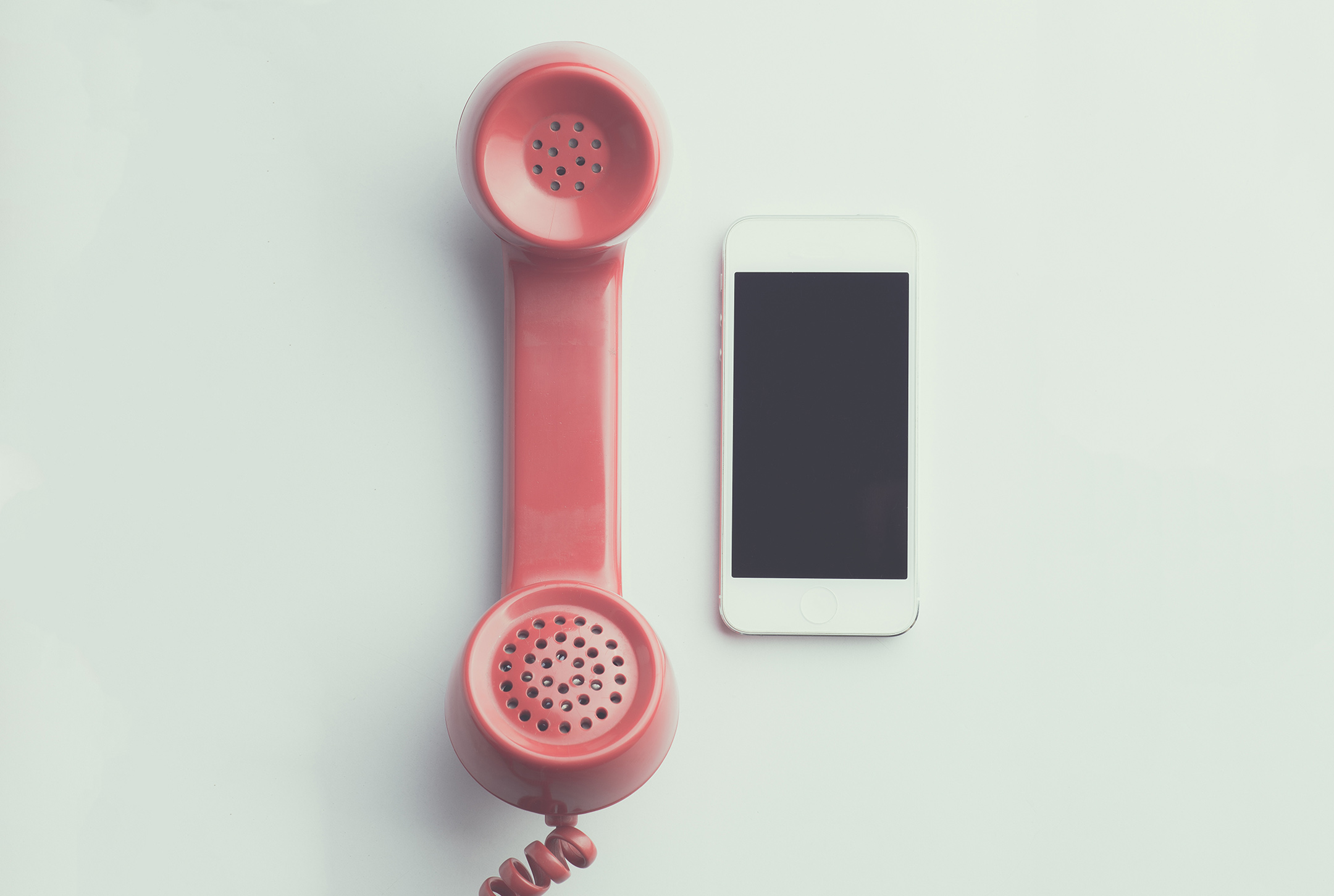AI & Smart Homes are for the Least Tech Savvy
"Any product that needs a manual is broken."
- Elon Musk
We tend to think of Artificial Intelligence (AI) and smart home technologies as living in luxury homes, top secret vaults, or still in test phase as prototypes in the labs and Airbnbs of Product Developers.
In general, we design for 80% of users - Address the largest pain points, which forms your minimum viable product (MVP), and then you iterate on that to refine it further on future releases. That seasoned audience doesn't have a big learning curve to understand how to make the switch from a familiar skeuomorphic button to a hamburger menu. In fact we prefer “intuitive” haptics and gestures, the less of an interface the better! Minimalism is sexy - But how intuitive is it?
I gave my dad my old iPhone 5c in 2018. Coming from a flip-phone, it was the most advanced phone he’s ever had, and it was incredible to watch his interactions. His large hand held it daintily, and pointing in search of the right letters, found them too small to press individually. In fact, I realized, he types on a keyboard like this as well, searching with pointed index fingers for the correct letters, because he never took classes to use a typewriter in his adolescence, and didn't use a computer at work until the end of his career.
Now there are new laws coming into effect, following the World Wide Web Consortium (W3C) in regards to improving accessibility to online design standards. Text to background colour contrast, font size, dictation, and other types of features are going to drastically change the UI of existing contemporary websites, and perhaps even brand style guides, for the online world as we know it. Especially for that 20%.
If Facebook is any indication, there is a huge recent increase in the 45-55 year old age range of people opening accounts. There are also some more elderly “early adapters” starting to emerge. I know this because they share my Facebook posts for a bulk foods client with remarkable frequency. Amazing! But what does it mean for accessibility?
These demographics aren't as resistant to technology as we’ve made them out to be. It’s time to design for them properly, and that might not always take the form of a larger scale iPad instead of a tiny phone. Maybe we can skip the 44px CTAs and text based UI wth enough contrast, and basically move straight to systems such as Voice User Interfaces? It can even connect to my dad’s Bluetooth hearing aids.
“Why can’t people just pick up the phone and talk instead of sending emails” - A common pain point, but expensive to maintain. Chat bots are perhaps an extra-friendly interface if we can get dictation right. Echo and Alexa can offer an extra layer of companionship. What about service dogs? If we can personify a Roomba, surely there’s more potential.
Artificial Intelligence and smart home technologies might largely skip the tech-savvy 80% by comparison, because there are already sufficient tools for their pain points. The biggest demand for these tools is basically going to be for people who don't currently have easier ways to achieve their goals. It's easy enough for me to unlock my door with a key, but for someone with arthritis, a smart lock is much more revolutionary.
Smart Homes and AI are chiming in at the perfect moment for conversations around accessibility. How might we take a step back from teaching our parents how to use technology, and give them a chance to teach us how they would like these interfaces to be? It turns out the elderly, and people with accessibility barriers are the perfect early adapters after all.




